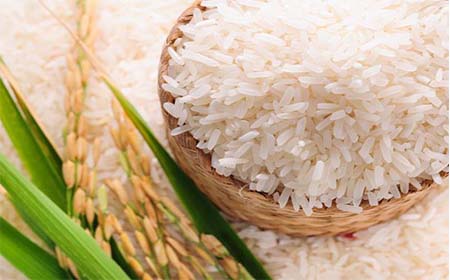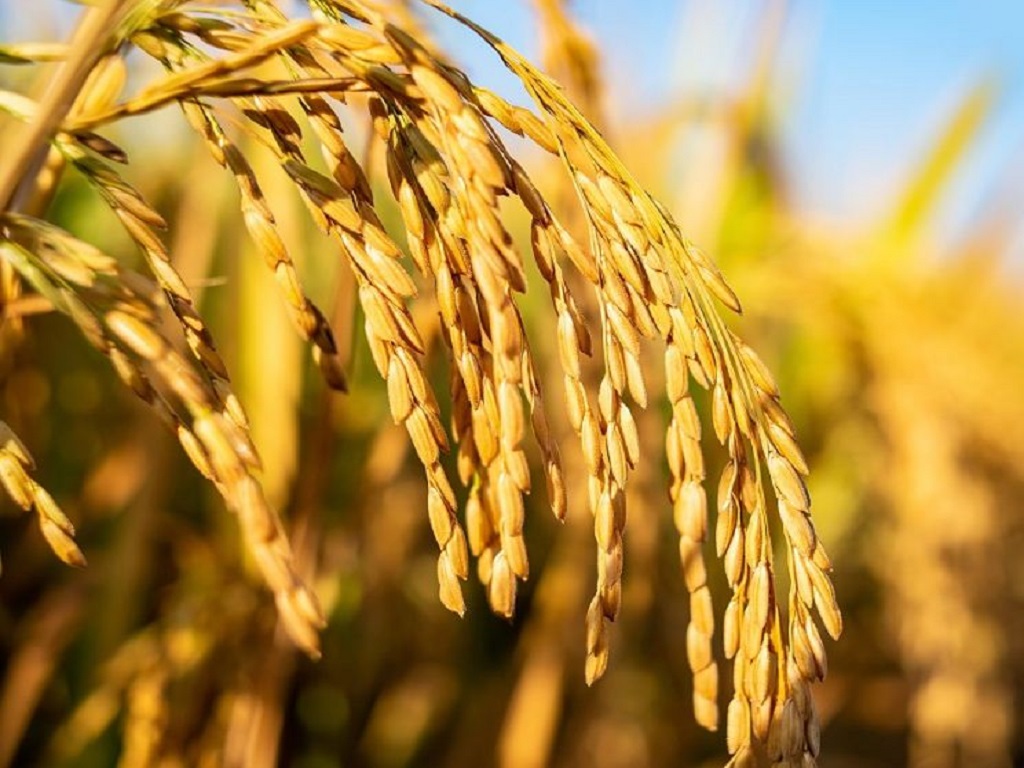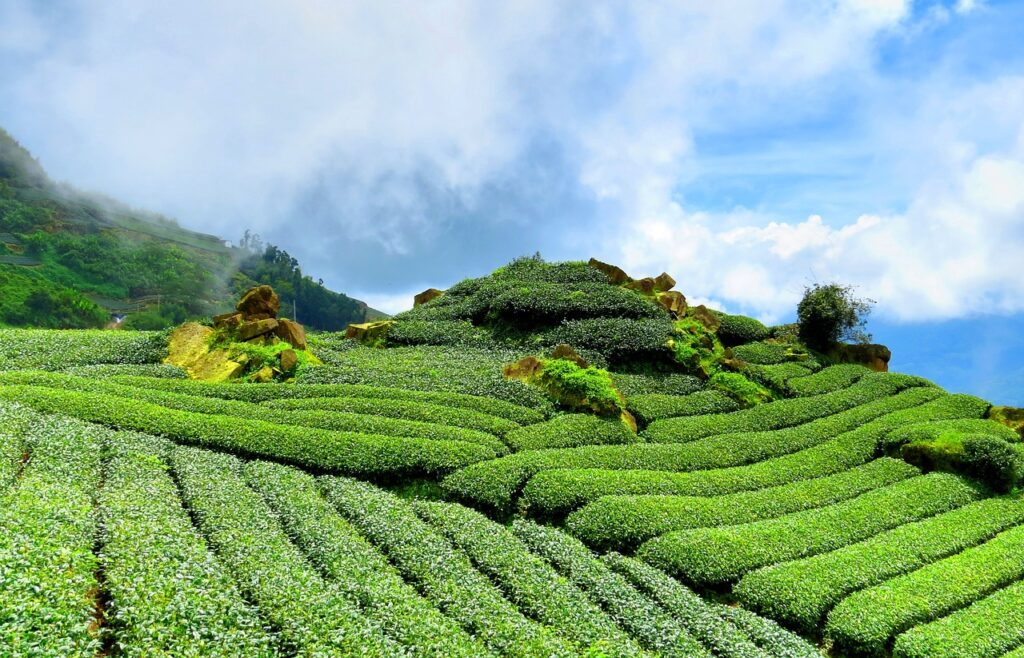Turmeric: Cohere Spice Bowl
Dealing with any Food Products requires strict adherence to hygiene and safety norms as any mistake can cause bring serious threats to human lives. The spices are also not different from other food products. Cares require from the field itself while sowing seeds. COHERE provides spices Clean, high in Quality, and free from any Harmful substances. We deal with a very handful of spices only. We don’t even can think of dealing with every variety of Spices; rather we are much more focused and therefore specialize to deal with a few selective varieties of Spices. We specialize in dealing with the LARGE CARDAMOM (Black Cardamom), TURMERIC, GINGER, and ORGANIC SPICES from North East.

What is Turmeric
Turmeric (Curcuma longa) (Family: Zingiberaceae) is used as a condiment, dye, drug, and cosmetic widely. Further, it is also used in many auspicious ceremonies of certain Religions. Andhra Pradesh, Tamil Nadu, Orissa, Karnataka, West Bengal, Gujarat, Meghalaya, Maharashtra, and Assam are some of the important states cultivating turmeric, of which, Andhra Pradesh alone occupies 38.0% of the area and 58.5% of production. Turmeric is grown in diverse tropical conditions from sea level to 1500 m above sea level, at a temperature range of 20-35 degrees C with an annual rainfall of 1500 mm or more, under rain-fed or irrigated conditions. Though it can be grown on different types of soils, it thrives best in well-drained sandy or clay loam soils with a pH range of 4.5-7.5 with good organic status.
India is the largest producer, consumer, and exporter of turmeric in the world. Other major producers are Thailand, some Southeast Asian countries, Central and Latin America, and Taiwan. India dominates the world production scenario contributing 80 % followed by China, Myanmar, Nigeria, and Bangladesh. Turmeric is also known as “Golden Spice” due to its everyday utter importance in the kitchen to pharmaceutical industries. Research carried out in the last few decades precisely indicated the potential antioxidant property of curcumin compared to α-tocopherol. Such property is widely employed as an inhibitor of atherosclerosis, and the growth of viruses and bacteria, as well as a chemopreventive agent for a variety of cancers including colon, breast, prostate, esophagus lung, and oral. Other curcuminoid compounds, such as dimethoxy curcumin and bisdemethoxy curcumin, have been also found to be cytotoxic, and antioxidant with anti-inflammatory effects on the cancer cell lines. The contents of such medicinal important compounds are highly beneficial for the pharmaceutical industry principally medicine.
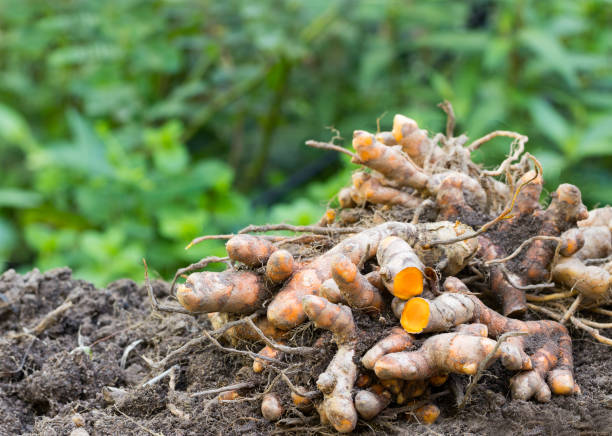
Major Crop Varieties in Turmeric
Many local cultivars of turmeric are available that are known mostly by the name of the region, where they are cultivated. The cultivated varieties show significant variation in size and color of the rhizomes and curcumin content. The two leading varieties of turmeric predominating in the world market are “Madras” and “Alleppey”. Alleppey turmeric contains about 3.5-5.5% volatile oils, and 4-7% curcumin. In contrast, the Madras type contains only up to 2% volatile oils and up to 3.5% of curcumin. The Patna variety is notorious for its deep color. Out of the two types cultivated in Maharashtra, “‘Lokhandi” contains bright-colored hard rhizomes while the other has light-colored soft rhizomes. The prominent commercial varieties in Andhra Pradesh are “Duggirala” turmeric of Guntur and “Tekurpeta”, which have long, stout, smooth, and hard fingers. Likewise, “Kasturi Pasupa” of the Godavari Delta, the “Armoor” type of the Nizamabad area, and the “Chaya Pasupa” are other important varieties of Andhra Pradesh. In Tamilnadu “Erode” is another prominent variety cultivated. In Orissa, important varieties cultivated are Roma, Suroma, Ranga, and Rasmi. But in all turmeric varieties, the curcumin content varies from 2 – 7% only, except the “Lakadong” variety grown in Meghalaya. This is popular for its high curcumin content (7–12%).
Important marketable varieties of turmeric
- Alleppey turmeric. It is produced in Kerala and marketed in Alleppey having been grown in the surrounding districts, particularly the Thodupuzha and Muvattapuzha areas. Alleppey turmeric is a deep yellow to orange-yellow and has a higher content of the coloring principle curcumin (up to 7.0 percent) than other types of turmeric. It is mostly marketed in the unpolished form.
- Madras turmeric. It is mostly grown in Tamil Nadu and marketed from Erode. This variety is grown in Erode, Salem, Coimbatore, Dharmapuri, and Tiruchirappalli districts of Tamil Nadu. The rhizomes are mustard yellow and have a curcumin content of 3 to 3.5 percent. Most turmeric is marketed in polished form but a considerable proportion remains unpolished.
- Rajpuri and Sangli turmeric. It is grown in Maharashtra state and marketed in Mumbai. It is sometimes regarded as a superior variety to Madras turmeric, which it resembles in characteristics, and possesses a similar curcumin content of 3.5 to 4 percent. It is mostly marketed in polished form. Within India, the Rajpuri type is produced in greater quantities than any other variety and accounts for 15 to 20 percent of the total turmeric production. On the other hand, Alleppey’s variety of turmeric accounts for only one percent of the total Indian production. All the Madras varieties taken together account for more than 50 percent of production.
- Nizamabad turmeric. It is grown in Andhra Pradesh state, particularly in Guntur, Karimnagar, Cuddapa, and Nizamabad. The color content of this turmeric is pale yellow and it is not more than 2 percent of curcumin content. It is purchased majorly for grinding and then mixing with other turmeric varieties. Normally, it has a finger length of 6.7 cm, with a girth of 7.2 cm. The total weight of the finger is about 21.07 grams.
Niche Variety: Turmeric, Probably the best in World
Lakadong turmeric (U Chyrmit Lakadong) is one of many turmeric varieties found in India. it is indigenous to the state of Meghalaya and grows in a small region of Jaintia Hills only. Incidentally, Trinity Sajoo, a woman who popularised Lakadong turmeric cultivation among the female farmers of Meghalaya was awarded “Padma Shri” by the government of India in 2020. This variety is widely known for its high curcumin content of up to 7 to 12% and its color is dark rich orange with a penetrating flavor. Curcumin is an active ingredient found in turmeric and gives turmeric its medicinal properties and its bright yellow color. This makes Lakadong turmeric highly sought for its high curcumin content and premium quality. Probably curcumin content in this variety is highest than in any other varieties available globally. It has already obtained GI Registration.
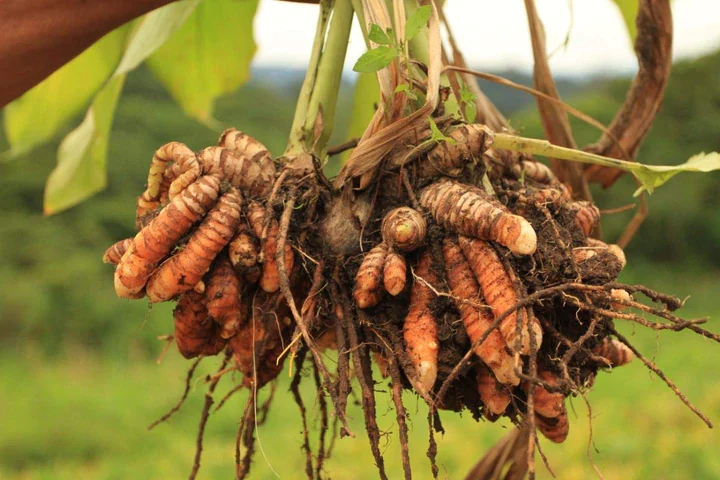

Spice Bowl of Cohere
To know more about our offers on TURMERIC varieties CLICK the button below:
Fair Deal
Honestly Transparent
On-Time Delivery
First time... Every Time
Certified Quality
Open for Inspection

